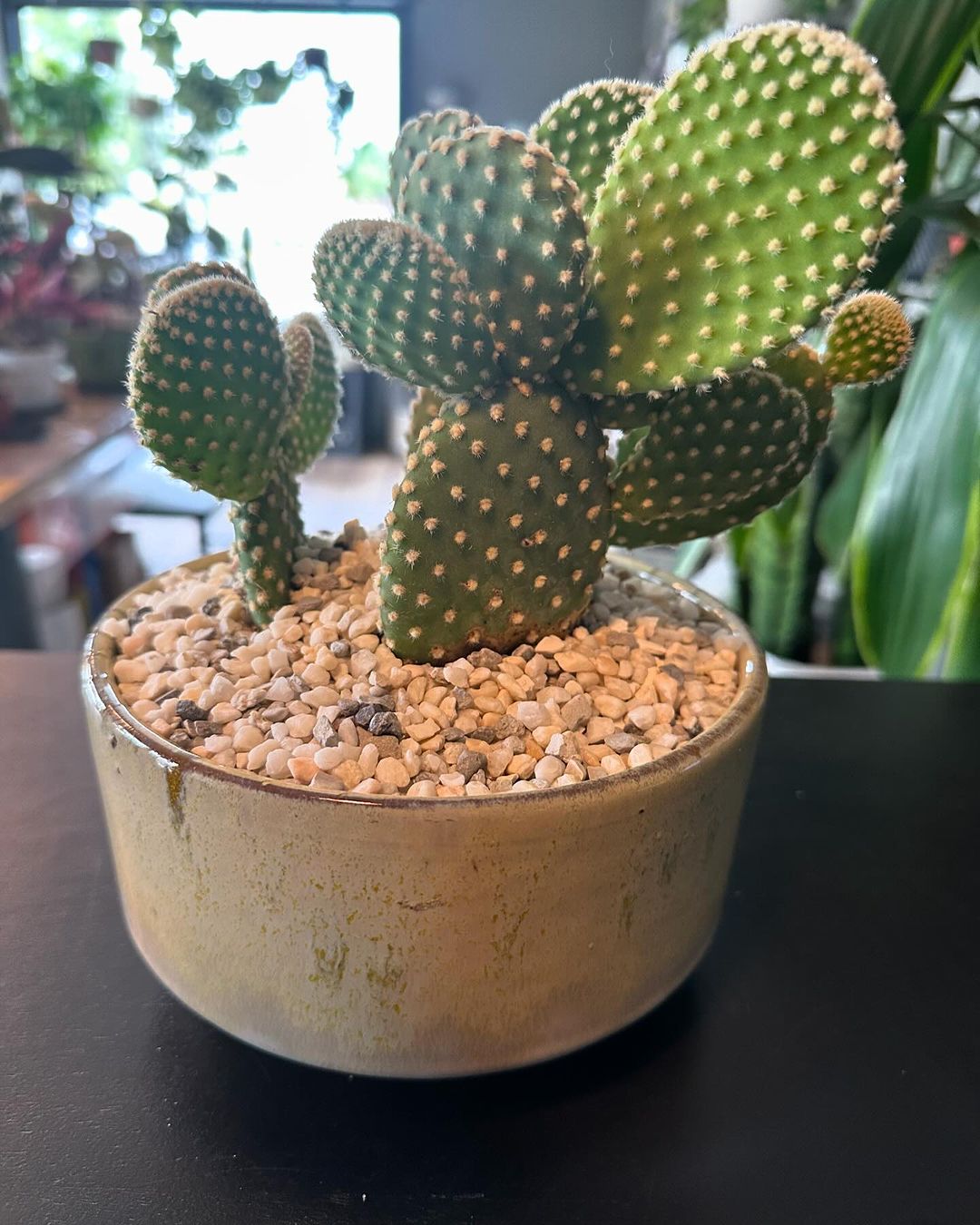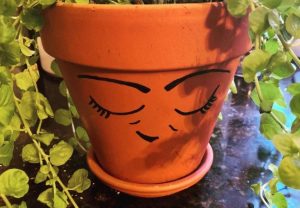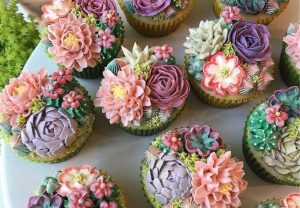Discover the secrets to keeping your Bunny Ears Cactus (Opuntia microdasys) happy and healthy with this detailed care guide. Learn about the ideal water, light, and nutrient requirements for this charming and low-maintenance cactus variety, making it a delightful addition to any indoor or outdoor space.
If you’re on the hunt for a unique and charming addition to you cactus collection, look no further than the Bunny Ears Cactus (Opuntia microdasys). With its distinctive, furry-looking pads that resemble the ears of a bunny, this cactus is sure to bring a smile to your face and a touch of whimsy to your indoor or outdoor space.
Native to central and northern Mexico, the Bunny Ears Cactus is a true delight for cactus enthusiasts and beginners alike. Its low-maintenance nature and ability to thrive in a variety of conditions make it an excellent choice for those just starting their journey into the world of cactus care.
In this comprehensive guide, we’ll explore the essential tips and tricks for keeping your Bunny Ears Cactus thriving, ensuring it remains a lively and adorable addition to your plant collection for years to come.

Water Requirements
Proper watering is crucial for the health and well-being of your Bunny Ears Cactus. Like most cacti, this variety is drought-tolerant and prefers a well-draining soil mix. Here are some essential guidelines for watering:
1. Soil Moisture: Before watering, check the soil moisture by sticking your finger into the potting mix. If the top inch or two feels completely dry, it’s time to water.
2. Watering Technique: When watering, thoroughly saturate the soil until water begins to drain from the bottom of the pot. Avoid getting water on the furry pads, as this can lead to rot or fungal issues.
3. Frequency: During the growing season (spring and summer), water your Bunny Ears Cactus when the soil is mostly dry, typically every 7-10 days. In the winter months, reduce watering to once a month or when the soil is completely dry.
4. Drainage: mage of a tiny Bunny Ears Cactus in a pot on a table. Ensure your pot has excellent drainage holes to prevent waterlogged soil, which can lead to root rot and other issues.
Light Requirements
The Bunny Ears Cactus thrives in bright, direct sunlight, which is essential for maintaining its compact growth habit and overall health. Here’s what you need to know about providing the right light conditions:
1. Outdoor Placement: If growing your Bunny Ears Cactus outdoors, choose a spot that receives at least six hours of direct sunlight per day. Gradually introduce the plant to direct sun to prevent sunburn.
2. Indoor Lighting: For indoor plants, place your Bunny Ears Cactus near a south or west-facing window that receives ample sunlight. Supplement with grow lights if natural light is insufficient.
3. Acclimation: If moving your plant from a low-light area to a brighter location, gradually increase its exposure to direct sunlight to prevent stress or sunburn.
4. Signs of Insufficient Light: If your Bunny Ears Cactus is not receiving enough light, you may notice stretched or elongated pads, pale or faded colors, or a lack of new growth.
Nutrient Requirements
Like most cacti, the Bunny Ears Cactus is not a heavy feeder, but it can benefit from occasional fertilization to maintain its overall health and promote new growth. Here’s what you need to know:
1. Fertilizer Type: Use a balanced, water-soluble fertilizer formulated for cacti or succulents. Look for an N-P-K ratio of 10-10-10 or similar.
2. Frequency: During the growing season (spring and summer), fertilize your Bunny Ears Cactus once every 4-6 weeks. Avoid fertilizing in the winter when the plant is dormant.
3. Dilution: Dilute the fertilizer to half or quarter strength to prevent salt buildup and potential root burn.
4. Flushing: Occasionally flush the soil with plain water to remove any accumulated salts or minerals from the potting mix.
Potting Mix and Repotting
Choosing the right potting mix and repotting your Bunny Ears Cactus at the appropriate time is essential for its overall health and vigor. Here are some tips:
1. Potting Mix: Use a well-draining cactus or succulent potting mix, or create your own blend by combining equal parts of potting soil, coarse sand or perlite, and small gravel or crushed lava rock.
2. Container: Choose a pot with excellent drainage holes to prevent waterlogged soil. Terra cotta or ceramic pots are ideal, as they allow for better air circulation and water evaporation.
3. Repotting: Repot your Bunny Ears Cactus every two to three years, or when it outgrows its current container. Gently remove the plant from its pot, trim off any dead or damaged roots, and replant in fresh potting mix.
4. Timing: The best time to repot is in the spring or early summer, just before the plant’s active growing season.
Propagation
One of the joys of growing the Bunny Ears Cactus is the ability to easily propagate and expand your collection. Here are two common methods:
1. Pads: Look for healthy, mature pads on your Bunny Ears Cactus. Gently twist or cut these pads off, allowing the ends to callus over for a few days. Then, place the pads on top of a well-draining potting mix and gently press them down.
2. Seeds: Bunny Ears Cacti can also be propagated from seeds. Sow the seeds in a well-draining cactus or seed-starting mix, and keep the soil lightly moist until germination occurs.
With the right care and attention, your Bunny Ears Cactus will thrive and reward you with its unique and adorable appearance for years to come. Enjoy the low-maintenance nature of this charming cactus while adding a touch of whimsy to your indoor or outdoor space.



